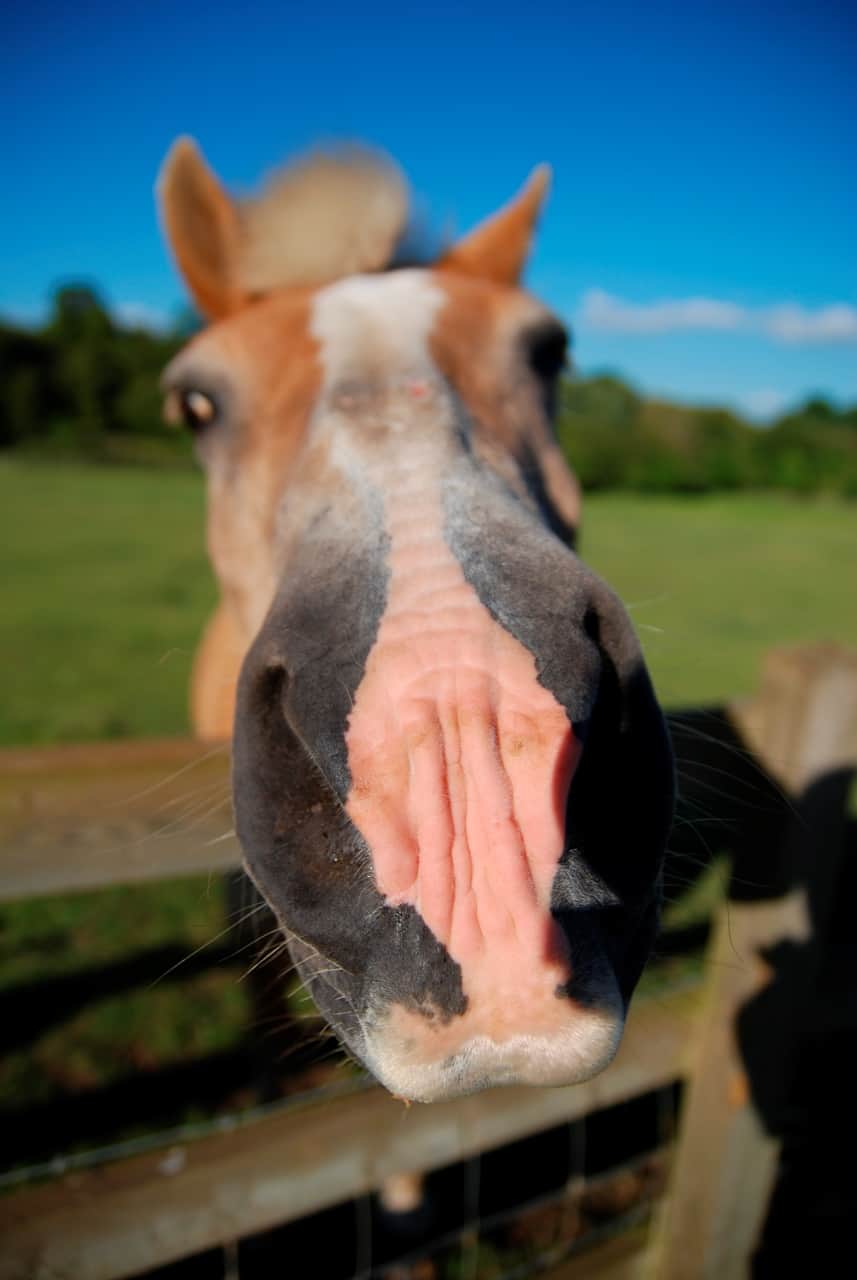Sunburn and Photosensitivity in Horses

The skin is the largest organ of the body. It serves to protect internal structures from a variety of environmental stimuli. In the summer months this is an especially vital organ for fending off a barrage of flies and the relenting summer sun.
Like humans, horses are susceptible to sunburn, especially on the non-pigmented pink-skinned areas of the body. Sunburn is most frequently seen around the eyes and on the muzzle of pale or white-faced horses. For this reason many of the breeds that most frequently suffer from sunburn include Paints, Pintos, and Appaloosas, as well as many cremellos and other horses with pale coat colors.
The skin condition photosensitization (a sensitivity to sun exposure) is different from sunburn in that it often affects both pigmented and nonpigmented areas of the body. Photosensitizing agents include, but are not limited to, St. John’s wort, ragwort, buckwheat, perennial ryegrass, sulfa antibiotics, and tetracyclines. Clover (mostly alsike and red) as well as alfalfa are linked to secondary photosensitivity due to liver damage, which can occur from heavy ingestion of these plants. Photosensitization also can secondarily result from liver damage due to bacterial, viral, or fungal infections and even liver cancers
Create a free account with TheHorse.com to view this content.
TheHorse.com is home to thousands of free articles about horse health care. In order to access some of our exclusive free content, you must be signed into TheHorse.com.
Start your free account today!
Already have an account?
and continue reading.
Written by:
Kristen Slater, DVM
Related Articles
Stay on top of the most recent Horse Health news with















